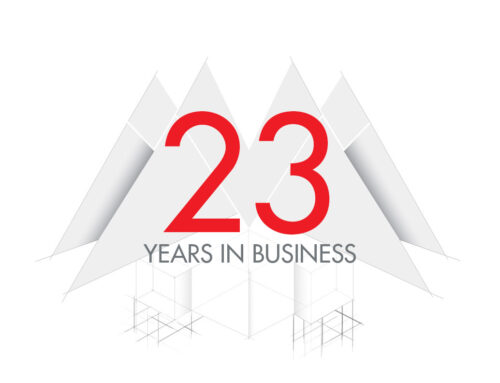The physical environments of indigenous communities tend to be harsher than an established metropolis or city might be. When rural communities are involved, the environment takes over as a very important factor. If a building is not designed with environmental factors in mind, it might not perform well in the future against winds, rain, heat, cold, etc. A great deal of thought has to go into how the facility or the construction of the buildings is going to stand up over time in local climatic conditions.
Designing for Native communities is a highly specialized discipline requiring a passion for understanding local culture and community values. There are many factors contributing to the success of projects on Native lands. The following are just a few of the many factors we have identified which specifically influence design for Native communities.
1. UNDERSTANDING THE SCOPE OF THE PROJECT
What exactly is the client looking to do with the project? What are their intentions in developing the project? What is the anticipated outcome? These are all questions that are essential in understanding the scope of any project. Building a solid relationship with indigenous communities is crucial for our organization. Knowing their specific desirable outcomes of the project helps in surpassing expectations.
2. CULTURE
Our shared values, customs, and histories shape the way we live in and view the world. The knowledge that we gain from taking the time to learn and understand different community cultures cultivates unity and common ground.
3. LANGUAGE
Language is a unique gateway to understanding a defining aspect of a particular group of people, an individual, organization, or industry. Though highly important, language can often be an extreme barrier. In the architecture and design industry there is a specific language or jargon that is used. It is very important to help clients understand exactly what is being communicated in a way that makes the most sense to them. Language and culture have always been closely connected. Preservation of language plays a vital role in sustaining cultural heritage. One unique way of doing this is by incorporating native signage throughout each design.
4. TRIBAL LAWS/REGULATIONS
Tribes often have regulations related to sovereignty, preference and hiring which tends to affect willingness to enter into agreements with indigenous communities. It is imperative to have a full and complete understanding of the tribe’s laws and regulations before entering into formal agreements.
5. PLANNING
Planning is key for a successful project. The design and construction process flows much smoother if there is a strong plan. Engaging indigenous communities in strong community planning including consideration of: transportation, infrastructure, goods and services, and housing, helps determine clear goals and objectives.
6. FUNDING
Money that is attributed to indigenous community projects can be very limited because sufficient resources are not always allocated to develop the project to its full intent. A very limited budget can only go so far. Educating clients openly on the reality of project costs helps ensure correct budgeting and planning when it comes to funding.
7. LOCATION
Many indigenous communities are located in rural or very isolated areas. This can often lead to an increase in project costs because of the lack of available resources such as manpower or materials. Knowing the different variables associated with location upfront allows time and consideration to plan for a successful project.
8. ENVIRONMENT
The physical environments of indigenous communities tend to be harsher than an established metropolis or city might be. When rural communities are involved, the environment takes over as a very important factor. If a building is not designed with environmental factors in mind, it might not perform well in the future against winds, rain, heat, cold, etc. A great deal of thought has to go into how the facility or the construction of the buildings is going to stand up over time in local climatic conditions.
9. DECISION MAKING
Different committees exist within indigenous communities. This makes coming to a general consensus for different decisions difficult at times. There are times when several voices want to take the project in different directions which can make it hard to make decisions in a timely manner. Defining and establishing clear and obtainable goals helps to speed up the decision making process and encourages a consensus among those involved with the project.
10. OUTSIDE MARKET INFILTRATION
Recent trends are showing indigenous communities are becoming desirable for companies in search of new markets. However, many of these companies have never worked on the reservations or within indigenous lands. Indigenous communities often become frustrated because they have new companies who infiltrate their market and don’t understand how to work with them.










